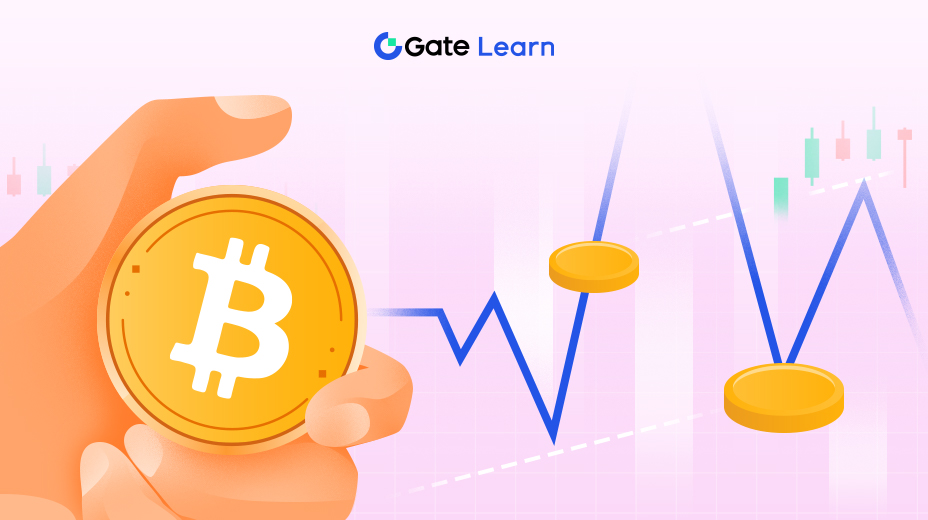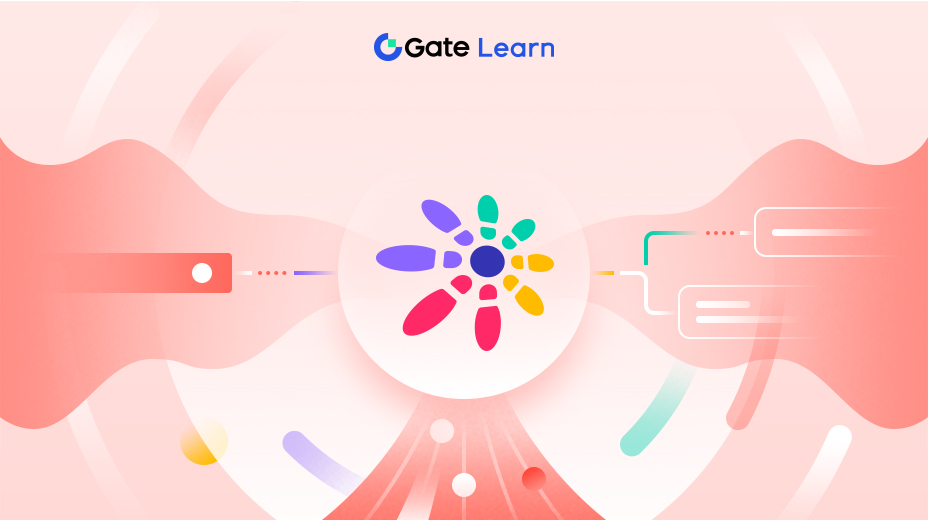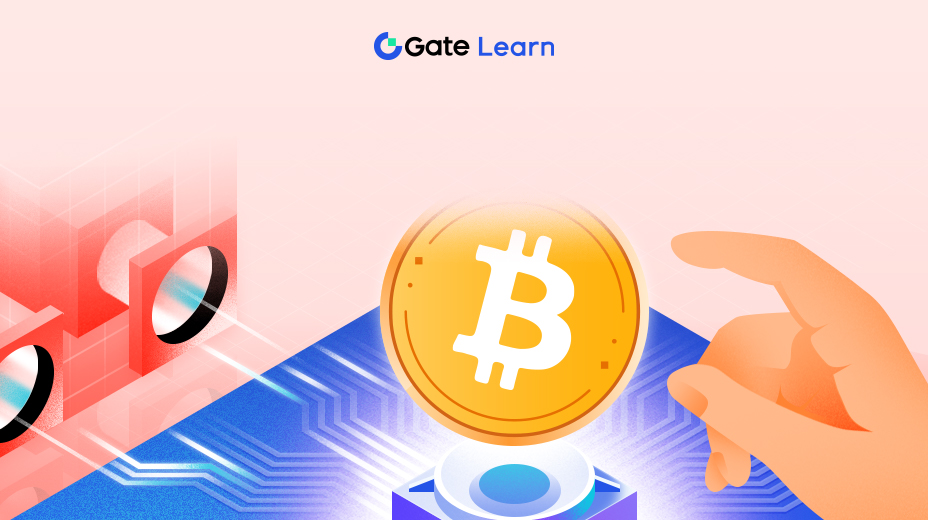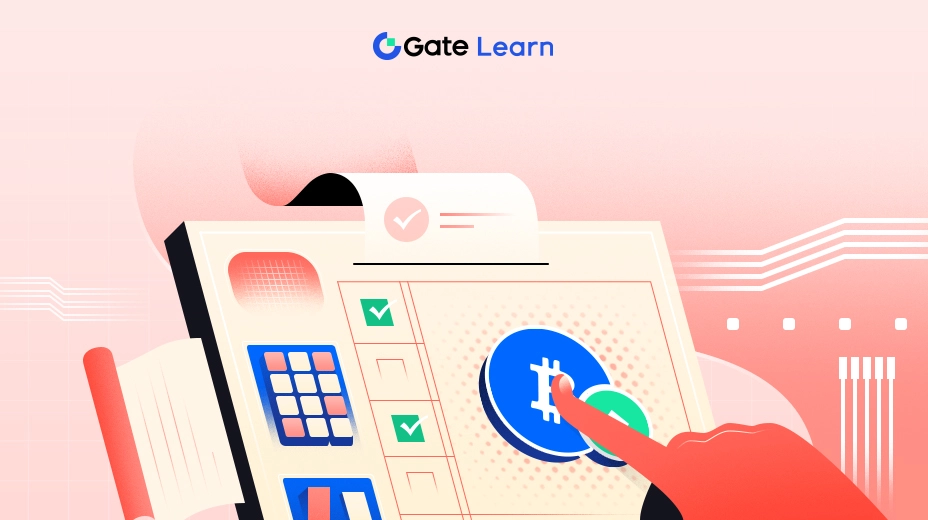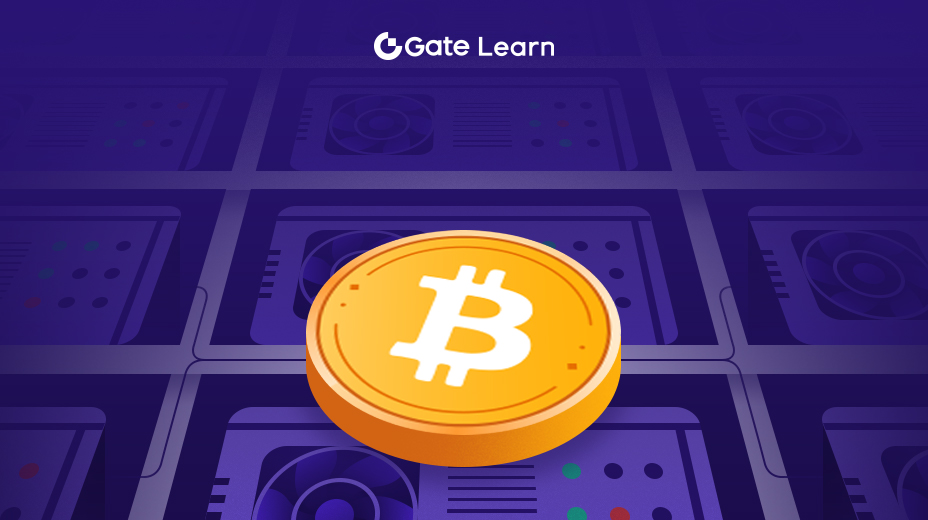Key Benefits of Decentralization and Looking Ahead
The final module summarizes why decentralization matters: resilience, transparency, user control, and innovation. We’ll also look ahead to how it connects to Web3 and the Metaverse, which you’ll explore in the next course.
We’ve seen how decentralization underpins cryptocurrencies, new financial systems, and even organizational structures. But why do people care so much about decentralization? What benefits does it bring? Here are a few key advantages that decentralization delivers in the crypto world:
- Censorship Resistance & Resilience: Without a central server or authority, decentralized networks are much harder for any actor (whether a government, corporation, or hacker) to shut down or censor. If one node or even many nodes go offline, the network can still continue via the other nodes. For example, if a government tries to ban or block a decentralized cryptocurrency network, the network’s nodes in other jurisdictions will keep it running. There is no single “off switch.” Bitcoin, notably, has been operational for over a decade despite various bans and crackdowns in different countries, precisely because its infrastructure is distributed globally. This resilience gives users confidence that the system will be available when they need it, unlike a centralized service that could be taken down by shutting off its servers.
- User Control & Trustlessness: In a decentralized system, you truly own and control your assets. Whether it’s your bitcoin, ether, or tokens representing other assets, holding them in a decentralized network (especially in your personal wallet) means no one else can freeze or confiscate them on a whim. You don’t have to trust a bank to honor your withdrawal request or trust a social media company not to delete your account, the power lies with you and the network’s rules. Transactions in these networks are validated by consensus of many participants, not by the permission of an intermediary. This “trustless” design enables transactions between parties that may not know or trust each other: you rely on the protocol’s security (math and code) rather than the other party’s reputation. For example, two strangers can trade value on a DEX like Uniswap without trusting each other or any intermediary; they trust the smart contract and network consensus to ensure fairness.
- Transparency: Public blockchains are highly transparent. All activities are recorded on a public ledger that anyone can inspect. You can verify the total supply of a cryptocurrency, track transactions (even if pseudonymously), and in the case of DAOs, see exactly how decisions were made and how funds are spent on the blockchain. This level of transparency is unheard of in traditional finance or corporate governance, where most records are kept behind closed doors. Transparency builds confidence because anyone can audit the system for themselves – nothing is hidden in a black box. For instance, users can verify that Bitcoin will only ever have 21 million coins by inspecting the code and blockchain, whereas with a central bank, one must trust that more money won’t be printed arbitrarily. In a DAO, members can review all proposals and votes to ensure things are proceeding according to the agreed-upon rules, which can help hold leaders (if any) accountable in a way that traditional organizations might struggle to match.
- Innovation & Open Access: Decentralization has spurred a remarkable wave of innovation because these networks are open to everyone. Developers around the world can build on public blockchain platforms (like Ethereum, Solana, etc.) without needing permission from a gatekeeper. This open innovation environment has led to rapid experimentation – think of the explosion of DeFi apps, new tokens, novel consensus mechanisms, and so on, all created by distributed teams and communities. For users, open access means anyone with an Internet connection can potentially use crypto services. DeFi doesn’t care about your nationality or credit score; a DAO doesn’t ask for your resume – if you have the tokens or the interest, you can participate. This can be empowering especially in regions with unstable currencies or limited banking services, where people turn to crypto as an alternative way to save or transact when local systems fail them. Decentralization helps foster financial inclusion and user empowerment on a global scale. It’s somewhat telling that countries with high inflation or strict capital controls have seen high crypto adoption – decentralization gives people an option that isn’t easily controlled by any single government or bank.
It’s important to note that decentralization is not a binary state but a spectrum. Different projects achieve varying degrees of decentralization, and sometimes they make trade-offs between efficiency and decentralization. For example, a new blockchain network might start more centralized (maybe only a handful of validators run by the founding team) and then gradually decentralize over time as it matures and more participants join. Even within a decentralized ecosystem, there are often points that rely on centralized services – for instance, many people buy their first crypto on a centralized exchange like Gate.com or use centralized wallet apps for convenience. The crypto industry is aware of this and often strives to strike a balance: leverage decentralization where it matters most (for security of the core network, user custody of assets, open participation), while sometimes using centralized solutions to improve usability or performance when needed. Over time, the trend is usually to introduce decentralized alternatives even for those auxiliary services (for example, decentralized exchanges and decentralized identity systems are being developed to complement centralized ones).
Decentralization remains a guiding ethos in crypto, and its influence is extending into new frontiers. For example, the concept of Web3 is all about a decentralized internet where users control their own data and identity, as opposed to today’s Web2 where a few big tech companies dominate online platforms. Similarly, visions of the Metaverse (immersive virtual worlds) often incorporate blockchain-based assets and decentralized governance, so that these digital worlds aren’t owned by just one corporation. As of 2025, we see major strides driven by decentralization: from Bitcoin providing decentralized global money, to DeFi reinventing financial services, to DAOs reimagining how humans organize and collaborate. This trend is likely to continue and accelerate, because decentralization fundamentally empowers users and encourages permissionless innovation. By removing central gatekeepers, it opens up a world of possibilities for more inclusive, transparent, and resilient systems in virtually every domain.
In conclusion, decentralization is the common thread that ties together the entire crypto revolution. It’s the principle that enabled Bitcoin to emerge as a new form of money, and it’s the force driving countless other projects to give power back to the people. As a beginner exploring crypto on Gate, understanding decentralization will help you appreciate the value propositions of various projects – whether it’s a cryptocurrency like Bitcoin, a platform like Ethereum, a DeFi app, or a community-run DAO. Each is, in its own way, an attempt to build trust in the system (code and consensus) rather than in centralized institutions. Decentralization isn’t just a buzzword; it’s a design philosophy that seeks to make systems fairer, more secure, and more accessible for all participants. As we move forward, keep an eye on how this concept evolves in Course 4, where we’ll delve into Web3 and the Metaverse, areas that aim to push decentralization even further into the future of the internet and digital life.
